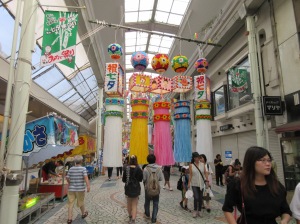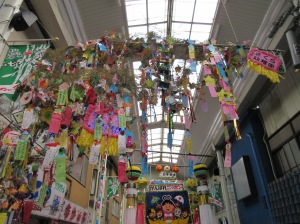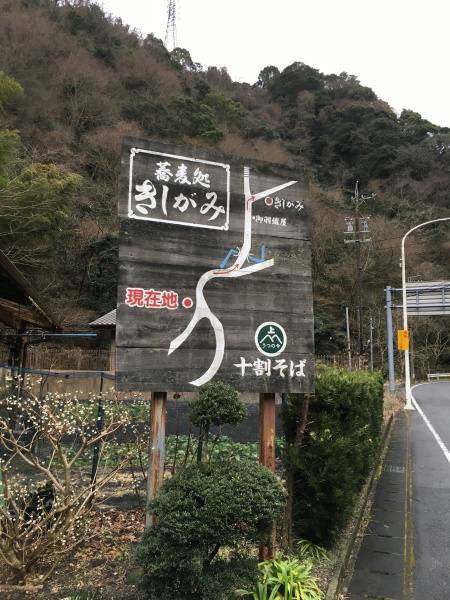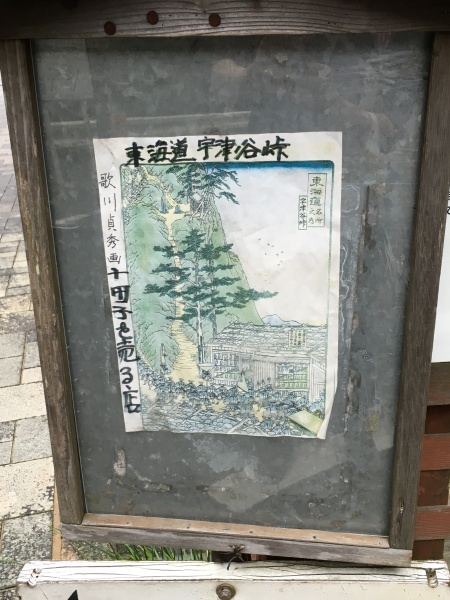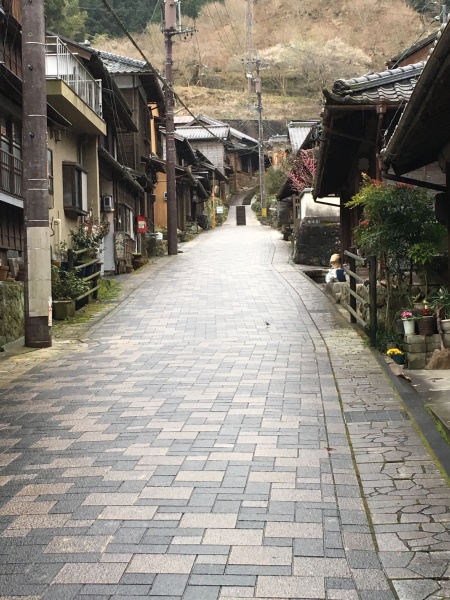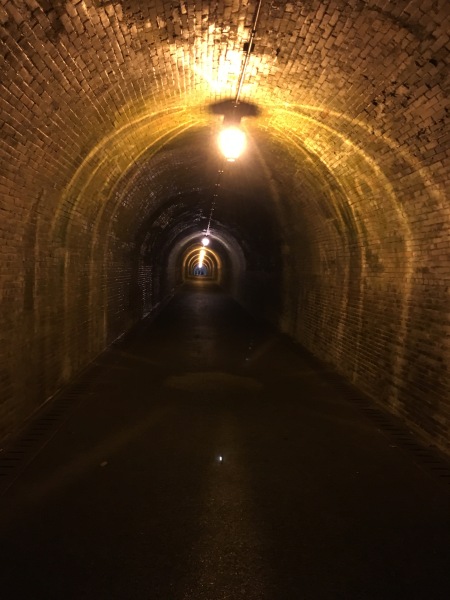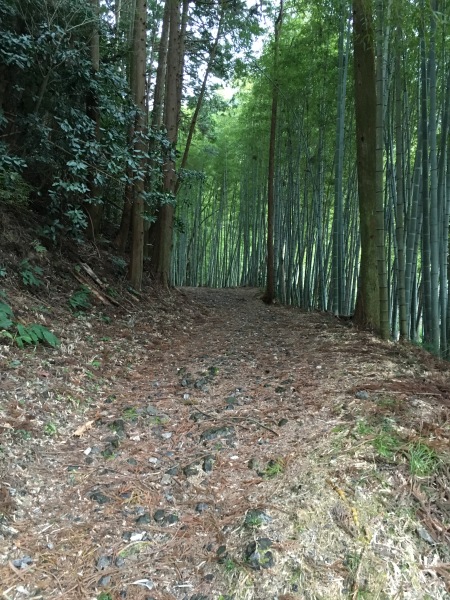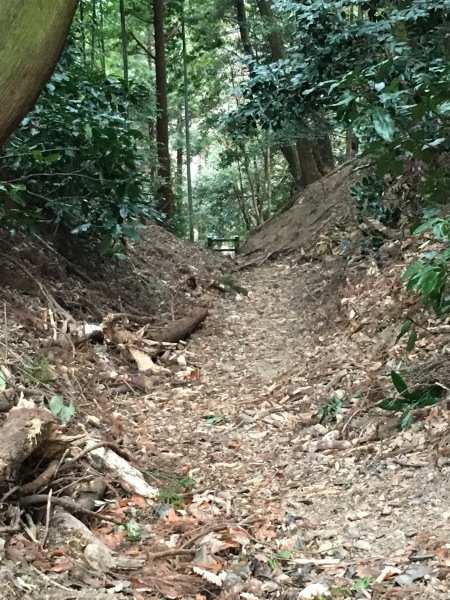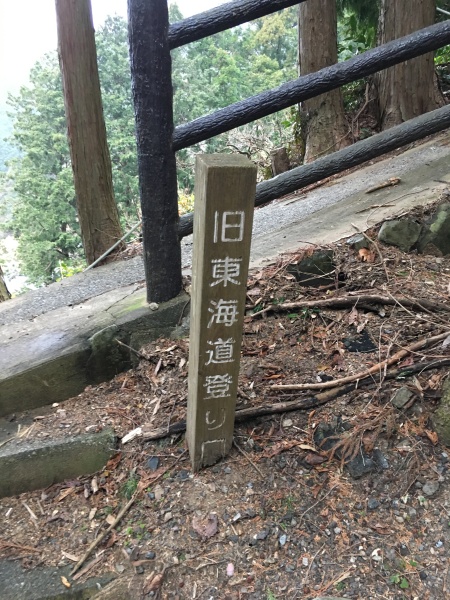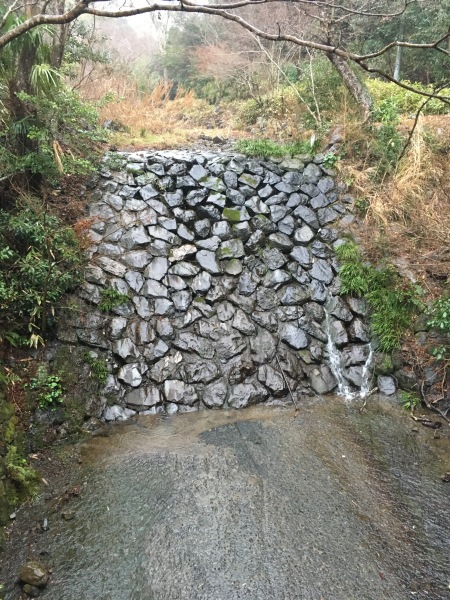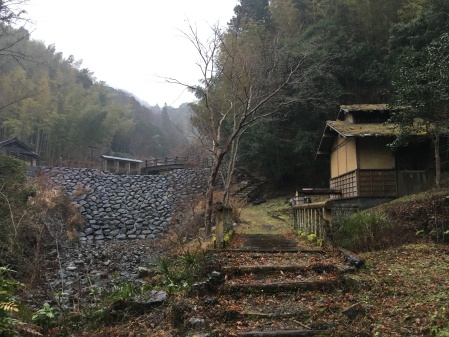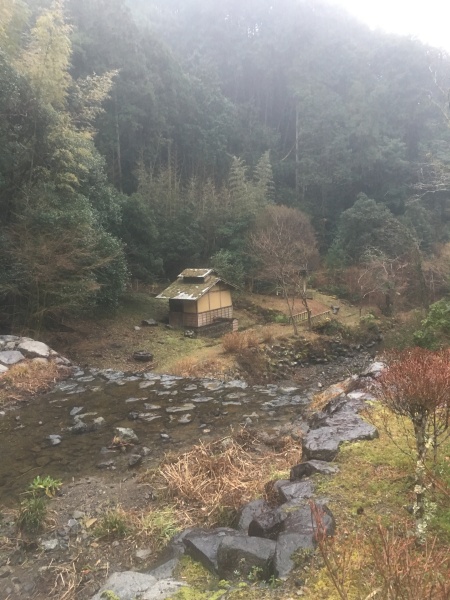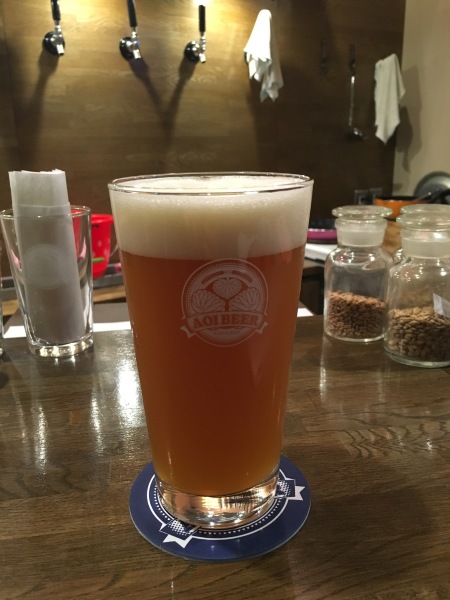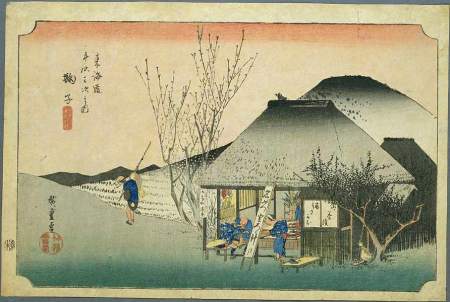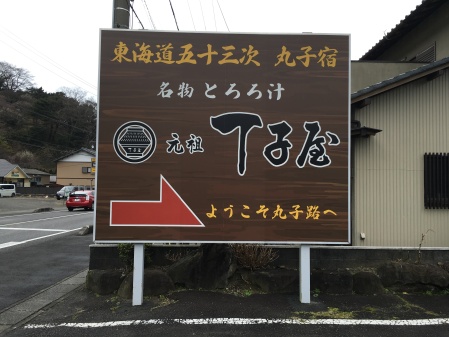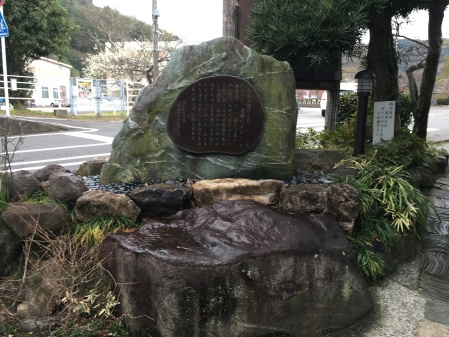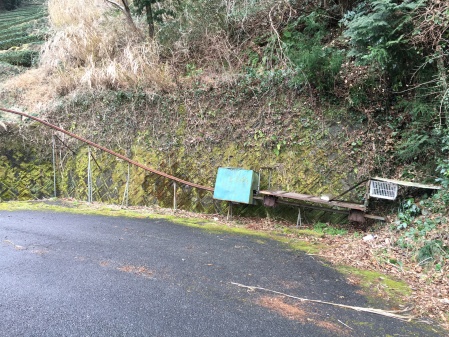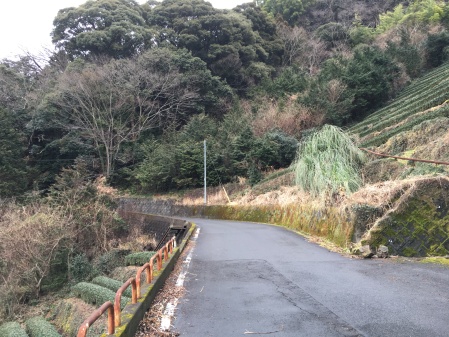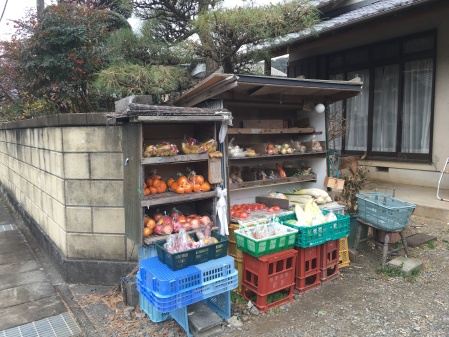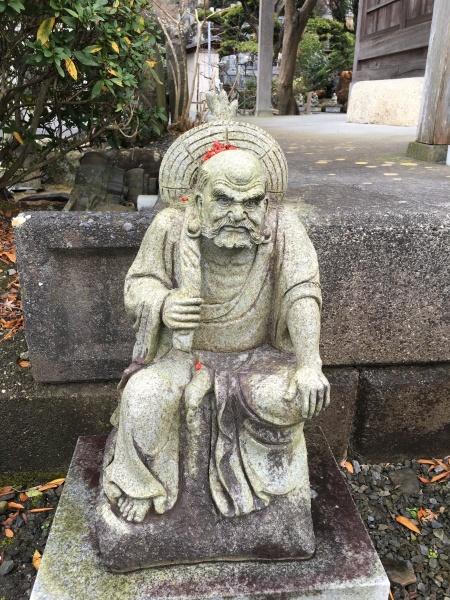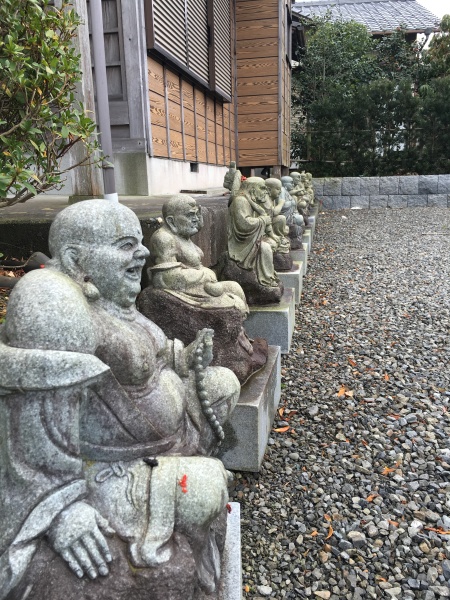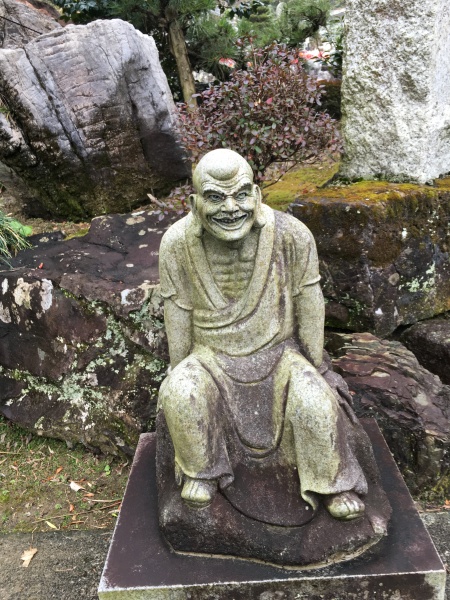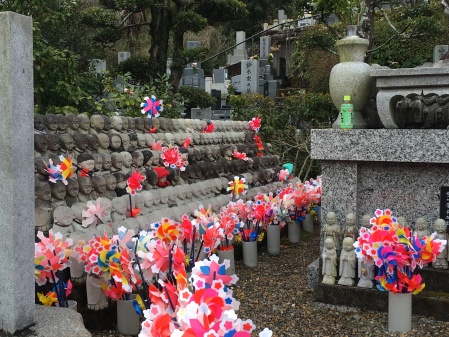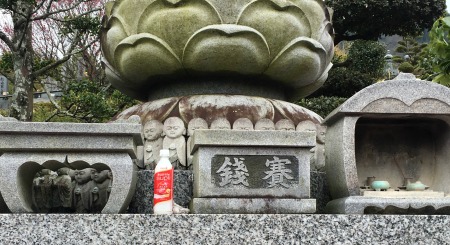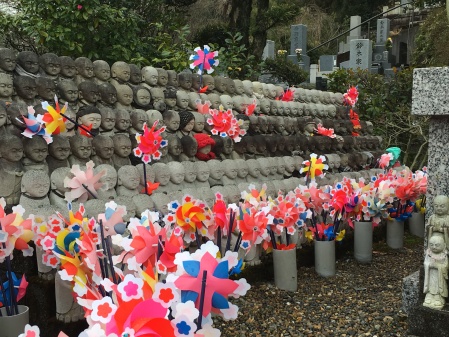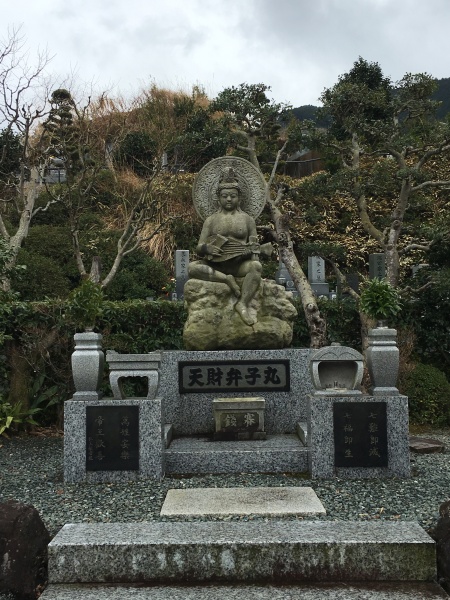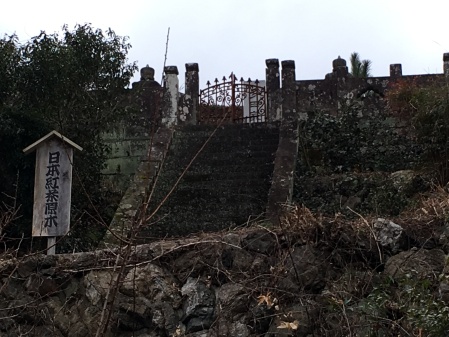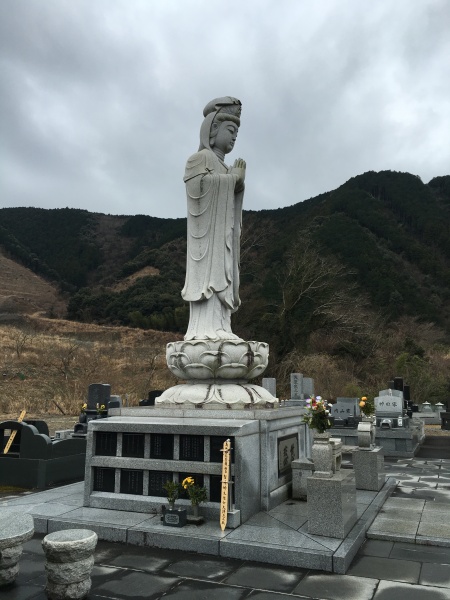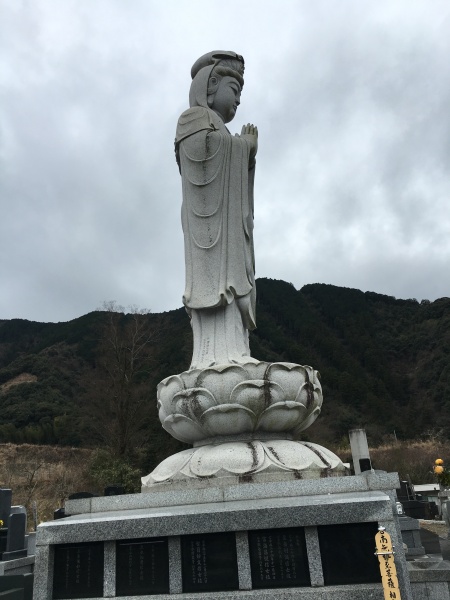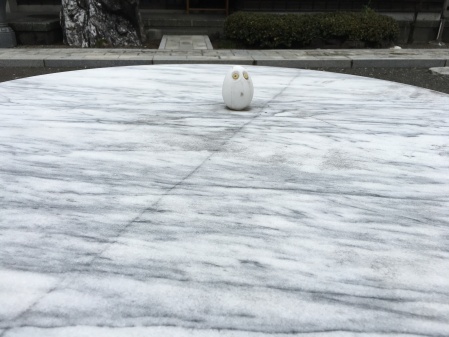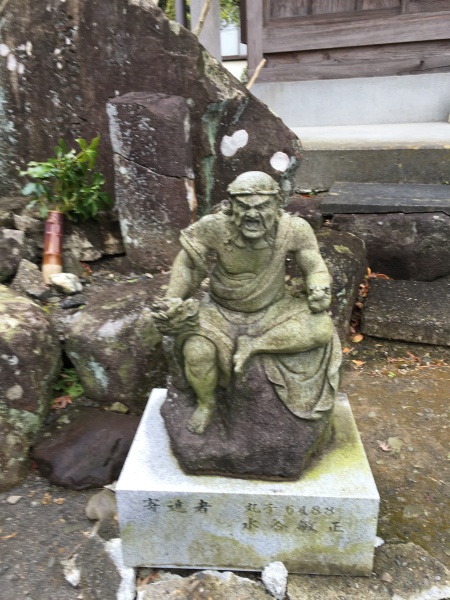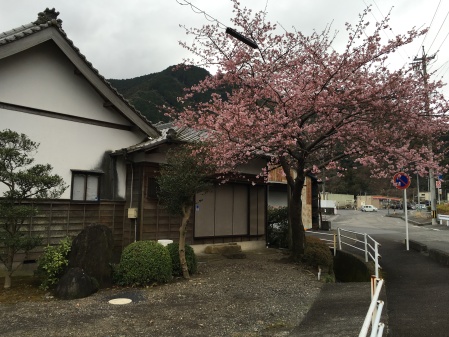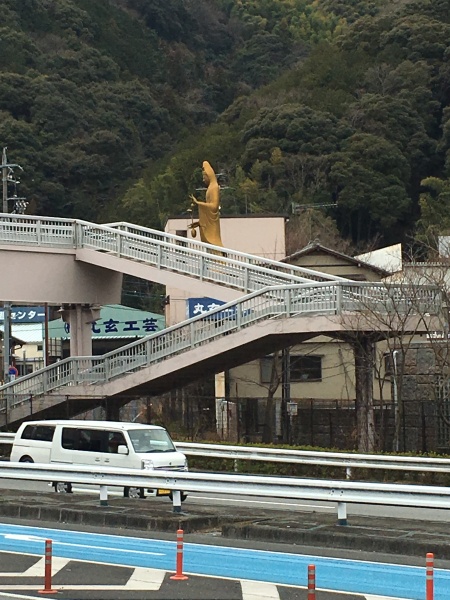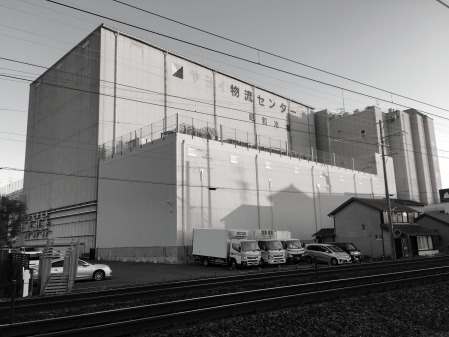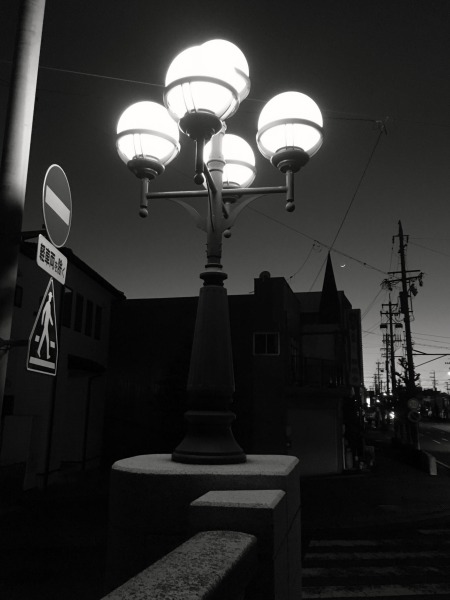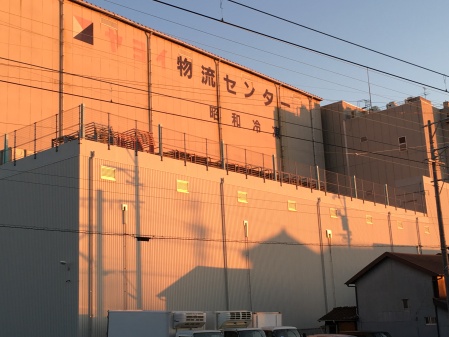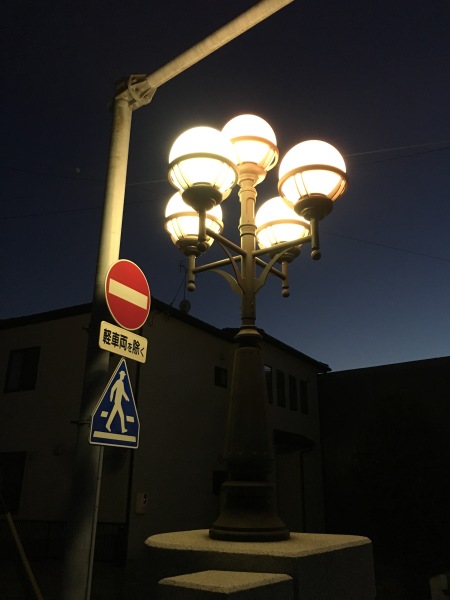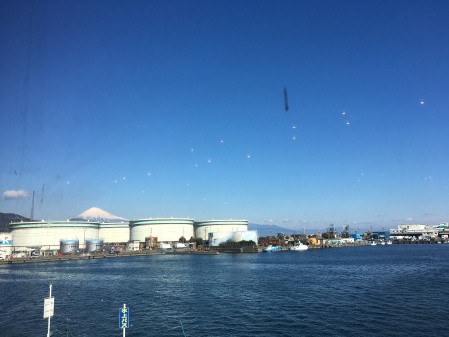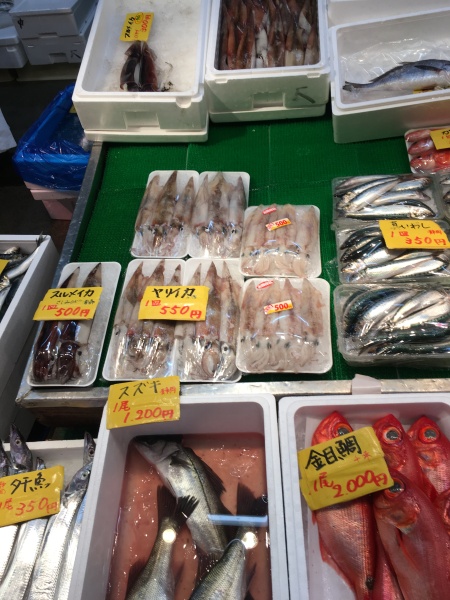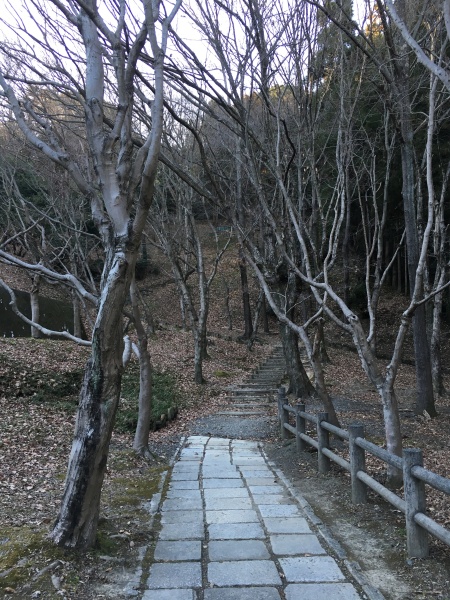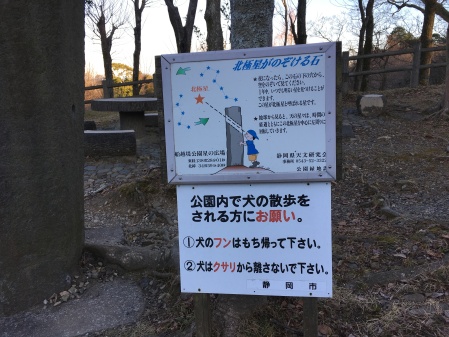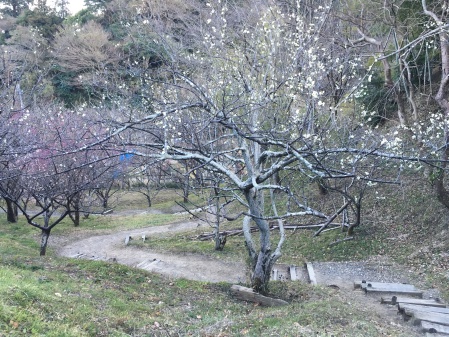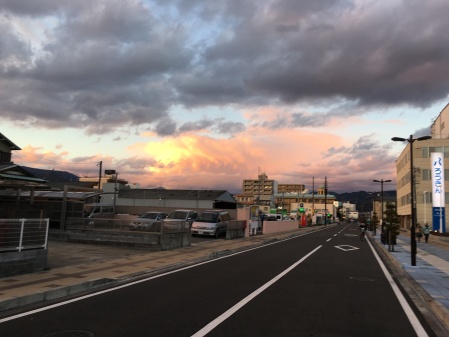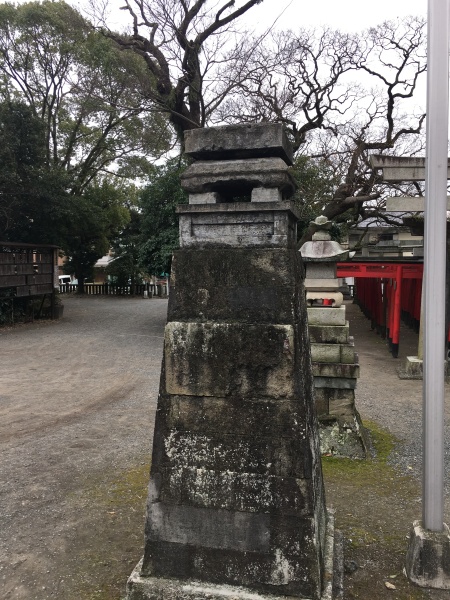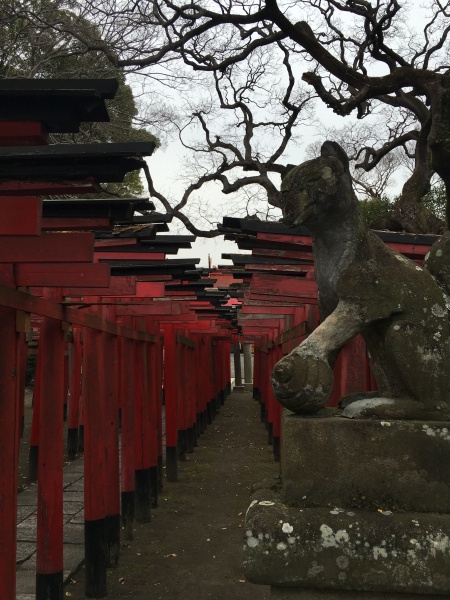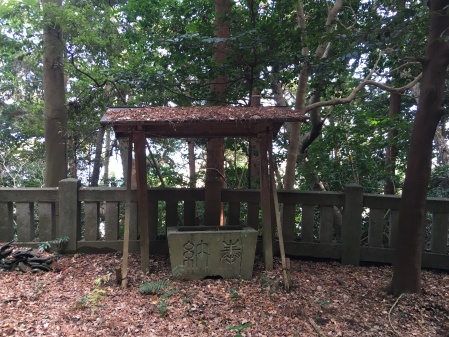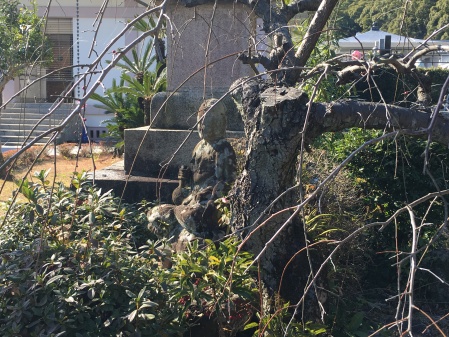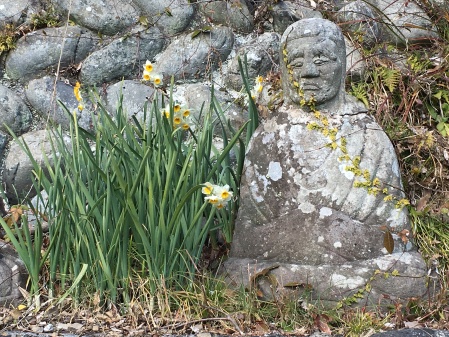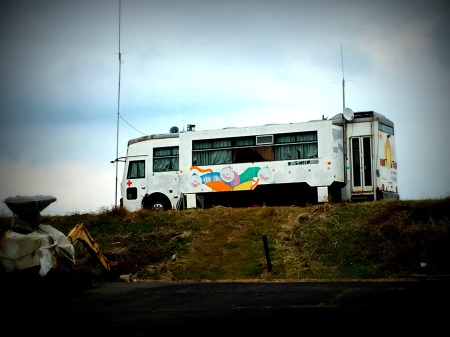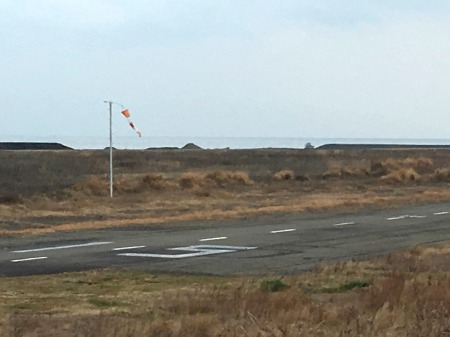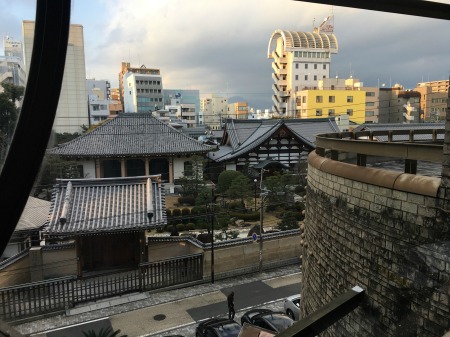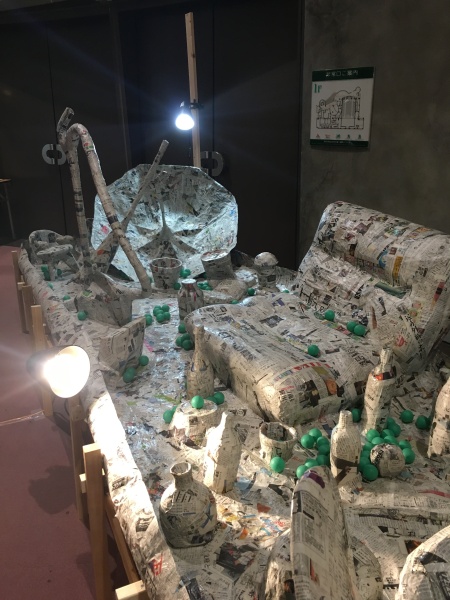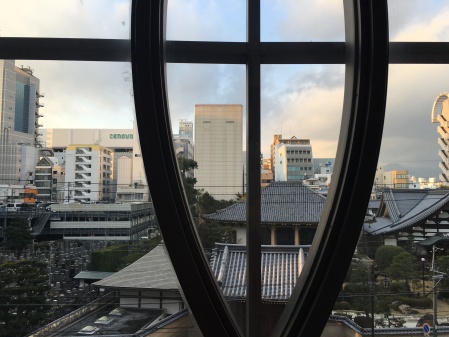What a beautiful Shimizu night to not go swimming. Actually, today was just a “Japan” day, in the best way. On the way to work, from the bus window, before 7am, I saw a man setting out his “Welcome fire 迎え火/mukaebi.” The welcome fires are to guide ancestors home when they come to visit in the midst of summer. The time when they they return to the human world and family is O-bon, and Bon festivals start at varying times around Japan, in either July or August. This is due to differences between the Gregorian and Lunar calendars. Shimizu follows the Gregorian.
The week before was Tanabata, which traditionally is on the seventh day of the seventh month (hence the name), but considering it’s literally the story of star-crossed lovers, the lunar calendar probably would be the more accurate guide for dates. Anyway, Tanabata ushers in Obon, and Shimizu has a pretty wicked Tanabata festival.See some photos at the end of the post.
Tonight, at the time I might have headed off to the pool if I could heave talked myself into it, I wandered out to the Tomoegawa (Tomoe River) Lantern Floating Festival. This is where “. . . paper lanterns are floated down a river, [as a] means to send off the sprits of the dead . . . on the last day of the Bon Festival.” So perhaps that man this morning was lighting his welcome fire for the last time? Or Miho area might operate on different times to Shimizu.
I was also on the way to the supermarket. The lazy drag of geta over the pavement (both male and female, and not super-traditional geta, I think), the casual comfort and beauty of the yukata and jinbei, and the excitement at wearing them, the little kids and families talking and laughing – their voices carrying over the river from the houses that rest directly on its banks, the furin tinkling away as if on traditional-Japanese-culture-cue, and the fish! the fish jumping like crazy all over and through the currents of the river and floating lanterns, were all a part of my stroll.
The street just before the river had an outdoor festival set up with yattai (food stalls), apparently a haunted house, some live music, and lots of people enjoying themselves (especially kids). Open that link in Google translate to get some idea of what was going on. I didn’t venture down the Ginza shopping district, as I’d pushed my way through the Tanabata decorations the week before, and I wanted to see what was going on at the river.
The Tomoegawa festival has a 250 year history, apparently, according to the link above and Google translate, though it was not held for about ten years during the Showa era, due to pollution of the river. Lanterns used to float out to sea (if they wound up in that direction), but they are now collected before that occurs. This year (and most years, I assume) there were five points where the lanterns were released. You can buy them, and write on them. I don’t know if you’d write your own name or an ancestor’s name. If it’s the family name, it’s probably one and the same. There were also the tezutsu hand-held fireworks, but I didn’t see those. The shot below is one I took of tezutsu in Toyohashi.
I walked to one of the bridges. The one in the photo below, I think, because the picture below that picture also features the kappa. He’s either at the other end of the bridge, or on the opposite side. The second picture is not mine.

Taken from this site.
However, it was nearing 8pm and the sun had set, so it was a lot darker than indicated above. Despite the days being warm and sticky, they’re getting shorter due to the solstice having passed. So, the river looked a whole lot more like the photo below, though it’s shot from further up the river, I think.
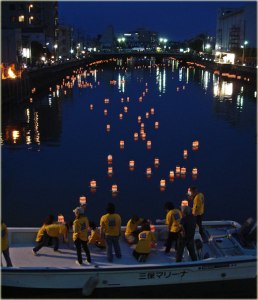
This image taken from this post.
Again, I’m using Google translate, but the above link has some more interesting information on the festival.
The supermarket also had a festival-like feel. You should have seen the queue at the toilets, and families were buying whole watermelons. Maybe for smashing open and sharing at the festival? Watermelon is a very festive-like fruit in Japan. Out of season, whole ones can be expensive, and there are traditional children’s games which incorporate the fruit. Summer comes in style here.
Though not much could be seen from the bridge by the supermarket, a few people still hung out, maybe waiting for lanterns to pass by. I crossed under the two railroad bridges nearby and followed the river to the area closer to the Shin-Shimizu station. People lined the river, though a lot more sporadically than in other places, to a background of drumming, taiko, in the distance. This is the stretch of river that has the beautiful plum blossoms in winter/spring. A lone lantern drifted along the current, trying to catch up with its brothers and sisters a little further downstream. A train passed across the bridge. I had no camera at hand this day, as you’ve probably already guessed. You need to lean over a barrier to see the river at this point. Some kids followed my example, surprised to see that I actually was looking at something they thought worth looking at, if only for a second 🙂
Fireworks started up, a fair way from this area, but still pretty. The traditional kind, not hand-held. I was walking away from them. The drumming stopped just about as soon as I got to the temple (and other side of the river) that they played across from. Kids and teenagers lit smaller fireworks down side streets. Local neighbourhood-watch-dudes in the blue uniforms of some kind of officialdom, and none a day under sixty, sat back and chatted – the surge of the crowds all but over.
My walk finally took me to one of the bridges about two kilometres from the river mouth. Here people also gathered, looking down at the water, wondering which lanterns would make it, saying goodbye to those already gone. Folks on boats and on the river’s edge fetched the lanterns, and blew out the candles if still lit.
The next big event is kappore and the minato matsuri, which is the big Shimizu fireworks’ festival.
Not my photo. Kappore. Taken from here.
These tanabata pics are mine though. We’re lucky in Shimizu – there’s usually a light breeze blowing in from the sea which helps diffuse the humidity. However, I think the local folk have the right idea. Take the party outside and enjoy yourself, and the humidity just becomes part of the general atmosphere––laidback and cheerful.



